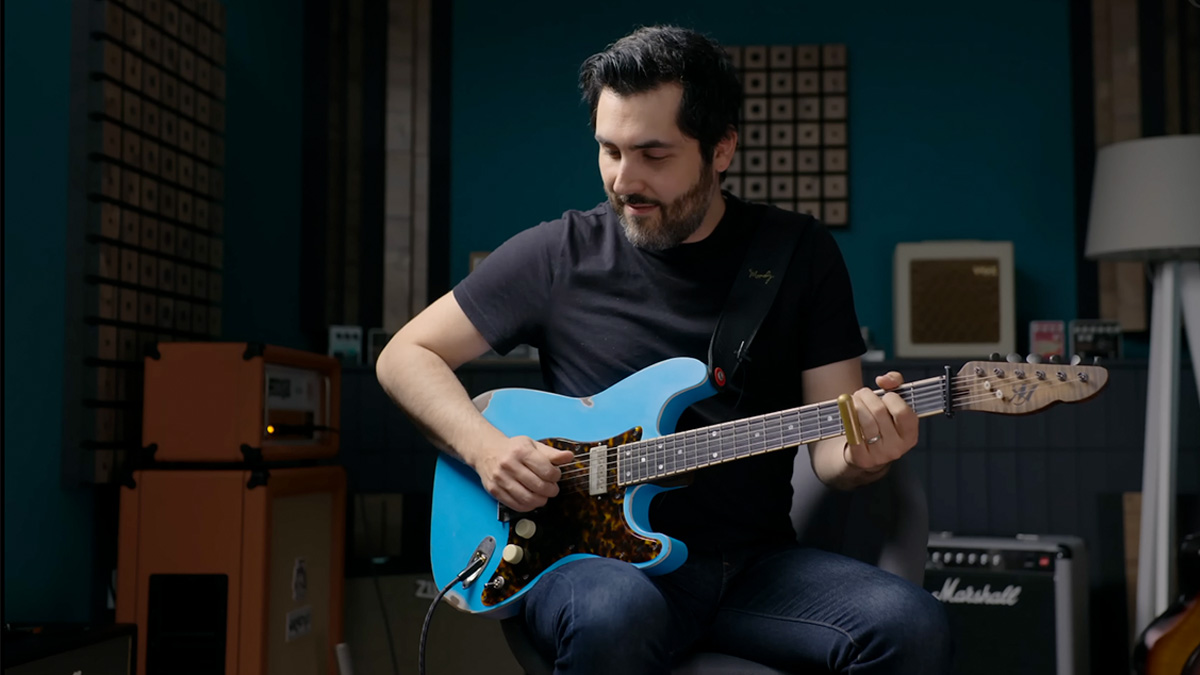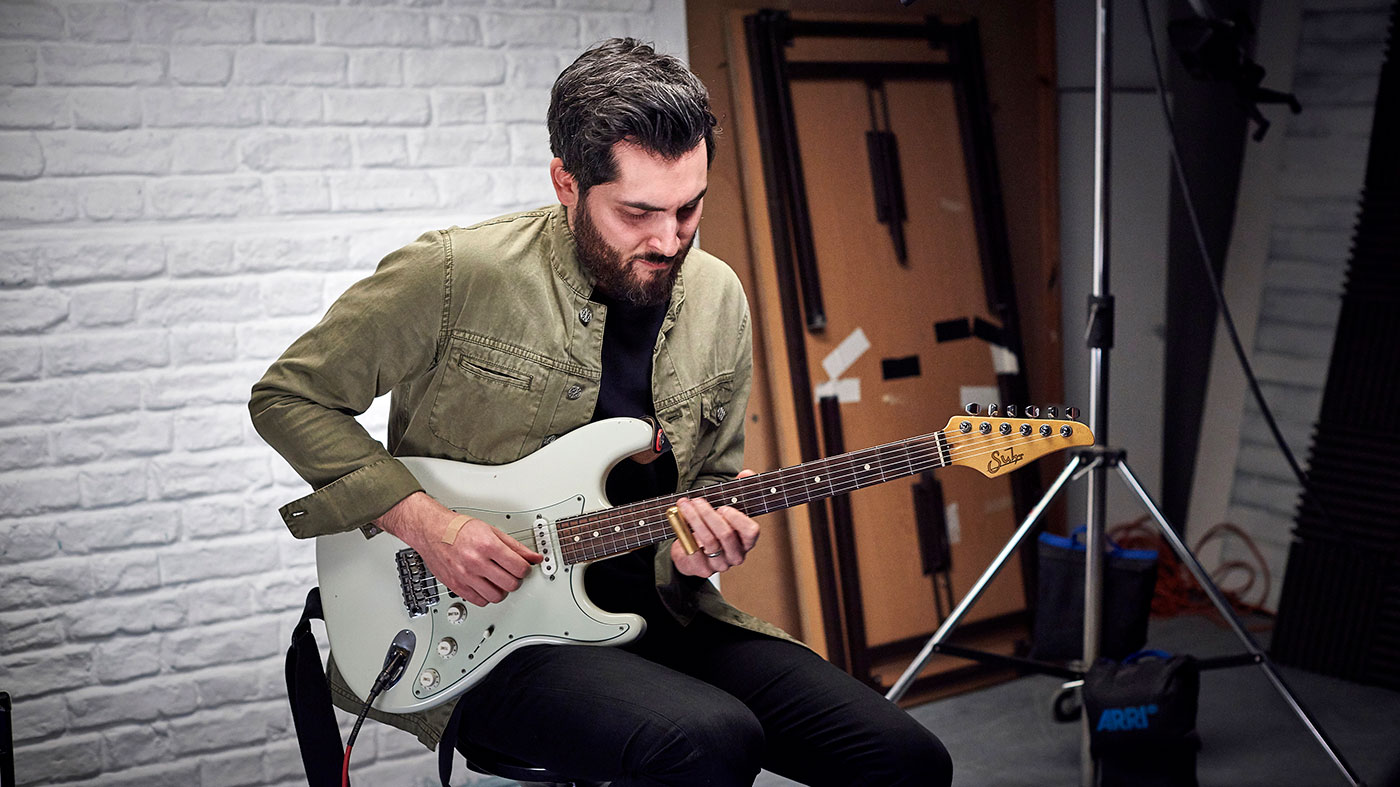
We live in the golden age of guitar effects pedals and as our pedalboards grow, groaning under the weight of new additions, it can sometimes take a wise sage to point out the next step forward in our search for great electric guitar tone.
If you are confused about what a filter pedal can do for you, or that Leslie emulator you bought during a the sales fever of Black Friday 2021 and left untouched ever since, fear not. Help is at hand, because Ariel Posen has just shot a video segment with Guitarist magazine that demystifies some of these modulation effects, and demonstrates how they can be used in the context of what you want to be playing.
Whether that presents you with the answers to your greatest guitar effects mysteries or simply inspires you, it’s well worth checking out. Posen is an exemplar of tone.
Chances are, you might recognise his ‘board. Over the years, Posen has not been shy in revealing what’s on it. There’s no black gunk obscuring his stompbox choices. He has some drive and fuzz, specifically in this instance a King Tone fuzz, a Mythos Argonaut octaver, a King Tone The Duellist overdrive pedal, which packs both TS and Bluesbreaker-style circuits.
Then it gets interesting. He has a Chase Bliss Audio Thermae, which is ostensibly a digital delay pedal but so much more, and it is a pedal that Posen leans on live to replicate multi-tracked guitar parts.
Performing as a trio, there’s a lot of space in the mix he can take up, and Posen will use the Thermae on a track such as Time Can Only Tell to bring it a little closer to what we hear on the record (which was around 20 tracks of guitar, all playing the same rhythm figure over and over).
The Thermae is also a case in point of how a pedal can inspire new ideas. When Posen got his and was first messing around with it, that’s when he came up with Be Enough.
Then there’s the Black Fountain, an oil-can delay emulator from Old Blood Noise Endeavors, an Eventide H9 stereo multi-effects unit, with the small-footprint Barn3 OX9 auxiliary footswitch, and finally a Keeley Electronics Hydra reverb and tremolo pedal, and that is where Posen begins this 'board tour.
If a trem is too early in the chain, and things are behind it, it gets crunchier and when it is too close to the drives it doesn’t act the way it’s supposed to
“I’ve always loved harmonic tremolo,” he says. “It’s just warmer, rounder than your typical choppy – but sometimes a track will call for that choppy western kind of a thing. I like tremolo also at the end of the chain because it feels like it is an amp trem, and in my opinion that’s how trem should sound. It should sound like it’s coming from the amp, so nothing comes after it.
“I feel like, if a trem is too early in the chain, and things are behind it, it gets crunchier and when it is too close to the drives it doesn’t act the way it’s supposed to. It’s supposed to have as much headroom as possible, and move air in the room.”

It’s a simple thing but even something as fundamental as that makes all the difference, and it is key to how Posen marshals these different effects. And perhaps that physical clarity from the tremolo is all the more important given that the Canadian slide maestro often favours tuning down to B standard or open C. His touring rig involves taking one guitar in B standard and another in open C and he’ll use a guitar capo when playing in different keys.
“I just like the B standard tuning because it just gives you so much more range,” he said, speaking to MusicRadar in 2019 upon the release of his debut album, How Long. “What would normally be an open G chord is now a C chord, and my D chord is now a G. It’s more range. I like that. I’m just getting so used to it that it’s hard to go back [to a guitar with regular tuning] now.
“[Open C tuning] gives you more range on the lower side of things. If I do want to capo up, I can be in open D easily. I can be in open Eb easily, whereas I can’t do that if I’m in open E. I’ve always switched between open tuning and standard tuning for slide. That doesn’t change. I use both, 50/50.”







